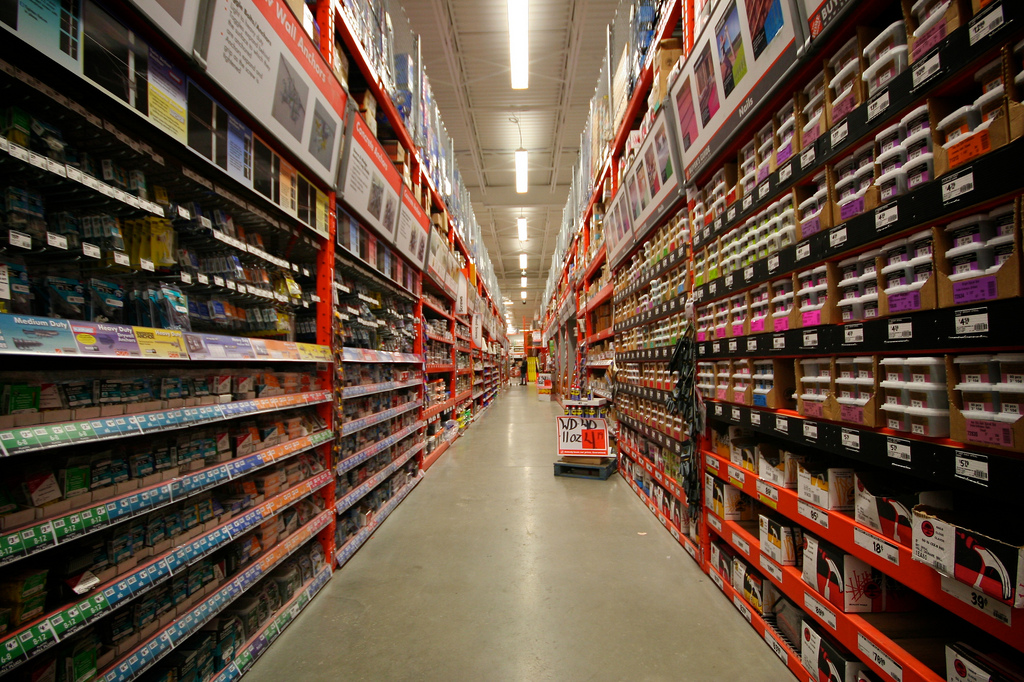Woolies readies IT for Bunnings challenge

Woolworths Group is preparing itself to take on Coles' Bunning hardware chain, combining its supply chain systems with Lowe's processes to support the venture.

Woolies is set to strike at the heart of Wesfarmers-owned Bunnings Warehouse after leveraging its supply chain software to benefit the launch of the supermarket's first hardware store in 2011. (Depot image by D'Arcy Norman, CC2.0)
After signing onto a joint venture with US retail chain Lowe's Group, and following the purchase of number two hardware retailer in Australia, Danks Holdings, Woolies looks set to launch its first Australian Lowe's hardware store in early 2011. Supporting this move will be a gamut of IT systems.
According to the company's results presentation for the 12 months to 27 June 2010, "establishment of IT systems leveraging Lowe's systems" is already underway. The company has spent $5 million in the period on store fit-out, IT and logistics.
"Design of the future Home Improvement Supply Chain Network has been completed, and implementation of the first phases will commence in FY11," the supermarket said in its preliminary financial report.
"Much of the design involves leveraging Lowe's current operations and processes and leveraging the systems and decision support tools currently used in our Food and Liquor and General Merchandise supply chains."
Woolworths has been carrying out a technology transformation within its Food and Liquor stores, at the heart of which have been its StockSmart and AutoStockR systems. The systems operate across its supermarkets, Big W and, most recently, its liquor outlets.
Woolies employed the StockSmart system to deliver a steadier flow of "in-stock" items for customers and implemented the AutoStockR platform to forecast restocking operations for distribution centres and supermarkets. Once it saw success with the two platforms it began expanding its role across the Woolworths Group.
The refresh is now beginning to show tangible results, the supermarket said.
"New supply chain and systems are starting to add real benefits, with average store stock levels across the network decreasing [thanks to more efficient supply chain management]," Woolies said in its investor presentation today.
The supermarket's transformation project is continuing and will focus on "next-generation replenishment" and ongoing improvement of distribution centre systems. The retail giant also flagged significant improvements to its merchandising system over the medium term.
At the supply chain overhaul project's outset, Woolworths wanted to change the way that stores were replenished and supplied to get products to the right store when it needed it.
The programs were so successful that Woolies experienced a "no downtime" Christmas period after it was rolled out in 2007. Woolies then expanded what it had learnt in the grocery space into its Big W stores in the "Quicksilver" program.
The supermarket also spent a $229 million on its "Stay in Business" program, which included a significant chunk of cash directed towards modernising the group's IT merchandising system. It spent $119 million on supply chain and datacentre costs.
Woolworths Group today announced a net profit of just over $2 billion for the period — up 10.1 per cent from the previous financial year.